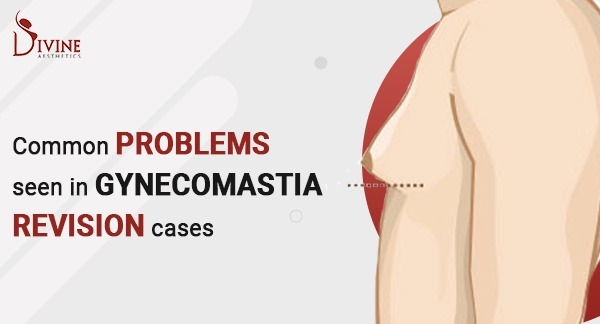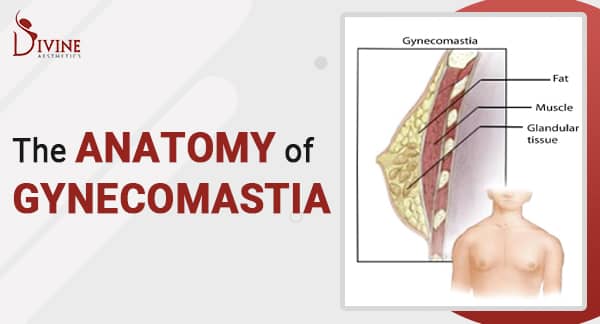How to Manage Gynecomastia Complication and Seroma
Here discussed Manage Complications after Gynecomastia Surgery. Gynecomastia surgery risks include:
- Anesthesia risks
- Bleeding (hematoma)
- Blood clots
- Breast asymmetry, Breast contour and shape irregularities
- Changes in nipple or breast sensation may be temporary or permanent
- Deep vein thrombosis, cardiac and pulmonary complications
- Fatty tissue found in the breast might die (fat necrosis)
- Fluid accumulation (seroma)
- Infection
- Persistent pain
- Poor wound healing
- Possibility of revision surgery
- Reactions to tape, suture materials, glues, topical preparations or injected agents
- Unfavorable scarring
Manage Complications after Gynecomastia Surgery
Browse the related video Complications in Gynecomastia
Anesthesia risks
The common anesthesia related risk can be due to wrong insulation or wrong anesthesia drug delivery, or any allergic reaction to one of the drugs which are given. these complications are difficult to protect and can be very dangerous and difficult to manage.
Hematoma
Bleeding during the procedure is not uncommon. The breast is a very vascular structure and during surgery Particularly if the surgery extends towards the inner aspect of the chest and towards the very lateral aspect of the chest where blood supply is very extensive and large blood vessels are seen.
If the blood gases are not directly tackled they can be put under pressure by packing and usually the bleeding is easily managed following this procedure. In doubt, it is safe to put a drain.
hematomas can also occur postoperatively after the surgery is done and this often manifests two to three hours after the surgery in the recovery room. this is seen as soakage in the dressing or blue patches around the dressing. it is essential to monitor the pulse and blood pressure of a patient to note any early signs of shock and to consider immediate exploration to stop the bleeding.
The usual sites of bleeding are
- Left intercostal segments
- From internal mammary areas medially
- Near the axillary incision
Management –
- Immediate exploration to stop the bleeding, followed by a drain to allow drainage of the fluid.
- The swelling will take longer than normal. Please inform the patient, it normally takes 2-3 months longer to settle.
- The patient will need a few sessions of steroid injection over a period of 6 months.
- Regular warm compression 2 to 3 times a day for at least 2 months and
- regular massage twice a day for 2 months
Post-surgery asymmetry/deformity
Asymmetry can happen in these situations
- The patient had asymmetric gynecomastia before itself
- Asymmetric removal of fat during surgery
- Hematoma post-surgery
- Seromas and fibrosis happening after surgery
Asymmetric gynecomastia
The key to success in Asymmetric gynecomastia is
- Discussing with the patient in the preop period is to explain that there may be post-surgery mild asymmetry, sagging and nipple size since these are more on 1 side
- It is better to operate both sides for more symmetric results since it is difficult to create symmetry if only 1 side is operated
Asymmetric removal of fat during surgery
Technical error, this needs to be sorted out by a touch-up procedure either fat or gland removal
Hematomas
Seromas and fibrosis
Seromas are fluid collections that happen post-surgery. This happens in every surgery and in every patient post gynecomastia surgery. Over a period of 3 weeks, this reduces significantly. Sometimes some hard swellings are felt below the nipple or on the sides. Gentle massage for a period of 4-6 weeks is usually enough in 90% of patients. In others, we need to do steroid injections ( kenacort 10-20mg ). In only 2-3% of patients is a touch up procedure needed.
In severe fibrosis, multiple sessions of steroid injection are needed, and in about 20% we need to do a touch up procedure, that involves open exploration and removal of the fibrotic segment. These patients will need a few sessions of injection steroids
Changes in nipple or breast sensation may be temporary or permanent
Post gynecomastia surgery, nipple and chest sensation does suffer. It is usually temporary and usually settles by the 3rd week.
Treatment – VitB12 once a day and tablet Tegretal 100 mg twice a day for two to three weeks.
Deep vein thrombosis, cardiac and pulmonary complications
Patients who are prone to clotting disorders or long-term duration of being in bed and not ambulating. We can prevent by early mobilisation of patient, checking for a history of clotting, and any family history of DVT.
Fatty tissue found in the breast might die (fat necrosis)
Many patients will have hard deposits of fat in the chest after surgery. This is usually evident 3-6 weeks after surgery. They are painless hard deposits. Management is to ignore if small. If they are big, then they need to be excised
Liposuction or broken down fat can accumulate at a spot and stick as a graft that leads to these deposits
Infection
The invasion and multiplication of microorganisms such as bacteria, viruses, and parasites that are not normally present within the body. An infection may cause no symptoms and be subclinical, or it may cause symptoms and be clinically apparent. Infection after surgery is seen as
- Redness
- Pain
- Fever
- Swelling
How to manage infection – early redness and pain can be managed with Pain killers, antibiotics, and warm compression
Moderate infection and severe infection need the area to be explored and pus drained. Put a drain to wash the wound every day for a week to 10 days. Start antibiotics and painkillers. Multiple explorations will be needed in severe infections.
The persistent infection needs to be tested for atypical mycobacterial infections and treated accordingly.
Typical antibiotics – Augmentin 1 gm twice a day/ Tab linezolid 500 mg twice a day
Typical pain killers – combiflam / or serratiopeptidase + voveran combination
Persistent pain
Persistent pain is seen in less than 1% of patients after gynecomastia surgery, and it happens due to some form of nerve compression. Abhishek management in voice painkillers and use of carbamazepine tablets along with warm compression
Mondor’s Thrombophlebitis
From time to time, patients who undergo gynecomastia surgery come in for their 1 month follow up and say that they feel a firm, rope-like structure on their abdomen or chest. They usually say they noticed it around 2-4 weeks after surgery. Sometimes it is painful, sometimes not. This usually persists for 3 to 6 months, . management is to do nothing, no massage or steroids injection.
Poor wound healing
- Due to diabetes
- Low iron in the blood
- Low protein intake
- Hematoma, infection, poor surgical technique and too much traction on the stitches
Good preoperative assessment of nutritional status, good surgical technique, and avoidance of hematoma assure you of good wound healing
Reactions to tape, suture materials, glues, topical preparations, or injected agents
This can be unpredictable and needs antiallergic medicines, calamine lotion
Unfavorable scarring
Patients may have a tendency to form keloids / hypertrophic scars. These are managed by steroid injections, and silicone tapes. poor healing, the infection can also cause hypertrophic scars.
Hope this article will helpful for your management of complications after gynecomastia. For more information book an appointment with Dr. Amit Gupta Call us at 9811994417 or Email: info@divinecosmeticsurgery.com.
Read more











